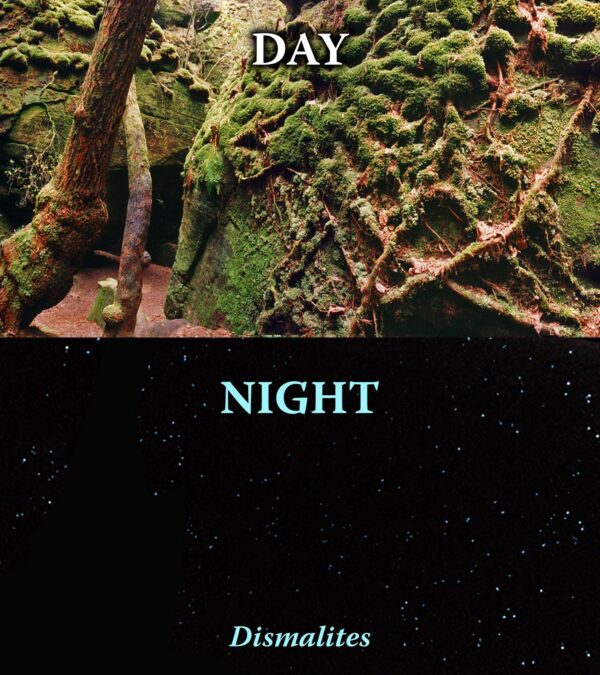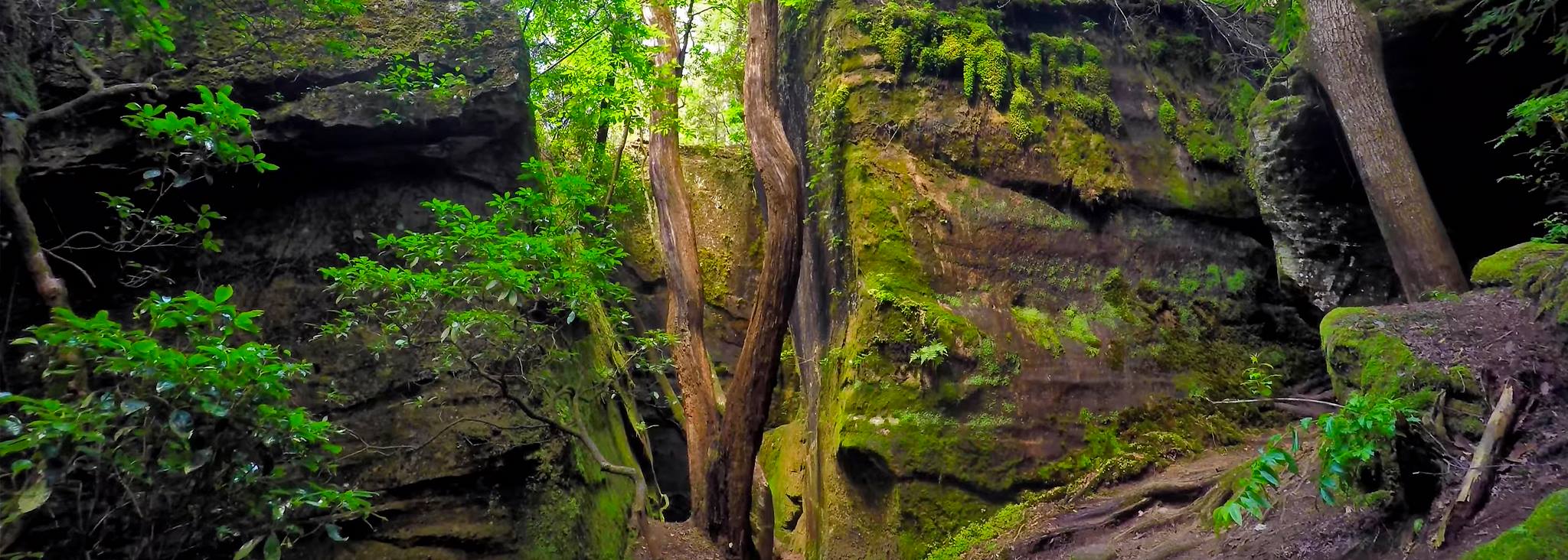[fusion_builder_container type=”flex” hundred_percent=”no” equal_height_columns=”no” menu_anchor=”” hide_on_mobile=”small-visibility,medium-visibility,large-visibility” class=”” id=”” background_color=”” background_image=”” background_position=”center center” background_repeat=”no-repeat” fade=”no” background_parallax=”none” parallax_speed=”0.3″ video_mp4=”” video_webm=”” video_ogv=”” video_url=”” video_aspect_ratio=”16:9″ video_loop=”yes” video_mute=”yes” overlay_color=”” video_preview_image=”” border_color=”” border_style=”solid” padding_top=”” padding_bottom=”” padding_left=”” padding_right=””][fusion_builder_row][fusion_builder_column type=”1_1″ layout=”1_1″ background_position=”left top” background_color=”” border_color=”” border_style=”solid” border_position=”all” spacing=”yes” background_image=”” background_repeat=”no-repeat” padding_top=”” padding_right=”” padding_bottom=”” padding_left=”” margin_top=”0px” margin_bottom=”0px” class=”” id=”” animation_type=”” animation_speed=”0.3″ animation_direction=”left” hide_on_mobile=”small-visibility,medium-visibility,large-visibility” center_content=”no” last=”true” min_height=”” hover_type=”none” link=”” border_sizes_top=”” border_sizes_bottom=”” border_sizes_left=”” border_sizes_right=”” first=”true”][fusion_text columns=”” column_min_width=”” column_spacing=”” rule_style=”default” rule_size=”” rule_color=”” content_alignment_medium=”” content_alignment_small=”” content_alignment=”” hide_on_mobile=”small-visibility,medium-visibility,large-visibility” sticky_display=”normal,sticky” class=”” id=”” margin_top=”” margin_right=”” margin_bottom=”” margin_left=”” font_size=”” fusion_font_family_text_font=”” fusion_font_variant_text_font=”” line_height=”2″ letter_spacing=”” text_color=”” animation_type=”” animation_direction=”left” animation_speed=”0.3″ animation_offset=””]
At first glance, Alabama, New Zealand, and Australia have little in common. They’re separated by thousands of miles and centuries of culture. However, despite their distance and dissimilarities, all three locations are connected by one thing: glow worms. Once darkness descends, a strange and extremely rare phenomenon occurs in North Alabama (as well as in places in Australia and New Zealand). The walls of Dismals Canyon light up with tiny pinpricks of bright blue light. The otherworldly display occurs naturally in only three locations in the world—and one happens to be in our very own backyard. Keep reading for all the details on how and when to see them here.
What are the Dismalites?
The source of the magical twinkling display is the larvae of an insect closely related to fungus gnats. The only bioluminescent insect native to North America, Dismalites emit the bluest light of any known animal, and though too tiny to see with the naked eye, they resemble star-shaped flowers up close. The light comes from a chemical reaction in two pairs of light-producing structures, one in the thorax and one near the larvae’s tail end. Like fungus gnats, Dismalites are drawn to mold and moist, dark places—including the dark recesses of damp, algae-covered canyon walls. The Alabama larvae are close cousins to the glowworms found in Australia and New Zealand.
Where can you see them?

(Dismals Canyon/Facebook)
If you’re not planning an international trip anytime soon, you’re in luck. North Alabama is home to two locations where you can get up close and personal with all the majesty of the tiny critters.
Designated as a National Natural Landmark in 1975, Dismals Canyon is an 85-acre privately owned and operated nature conservatory. The conservatory is open for hiking and exploring Monday through Sunday, with daytime admission ending between 3:30 p.m. and 5:30 p.m. each day. To see the Dismalites, guests must schedule a 45-minute guided night tour to gain access to the canyon floor past dusk. Cabin rentals and campsites are available for those who want to spend the night. In addition to miles of hiking trails and other landmarks of interest like Pulpit Rock, Rainbow Falls, and Weeping Bluff, Dismals Canyon also has a soda fountain and grill, as well as a country store, that are open to the public.
Another place to see the Dismalites is at Cane Creek Canyon Nature Preserve. The 700-acre privately owned natural area in Tuscumbia is open to the public daily and offers primitive camping for those who want to stay up late to view the Dismalites.
How much does it cost to see them?
At Dismals Canyon, night tour admission is $10 for adults, $9 for those over 60, and $7.75 for children under 12. Admission to Cane Creek Canyon is free.
When can you see them?
The best time to see the Dismalites is between April and August. Summer night tours at Dismals Canyon run until July 31 and fall tours return from September 25 through October 30.
Tips
- Leave your flashlight at home! If you want to bring a source of light, a red flashlight is best for viewing.
- Don’t be alarmed if you don’t see the glow right away. Give your eyes time to adjust and things should start lighting up.
[/fusion_text][/fusion_builder_column][/fusion_builder_row][/fusion_builder_container]




